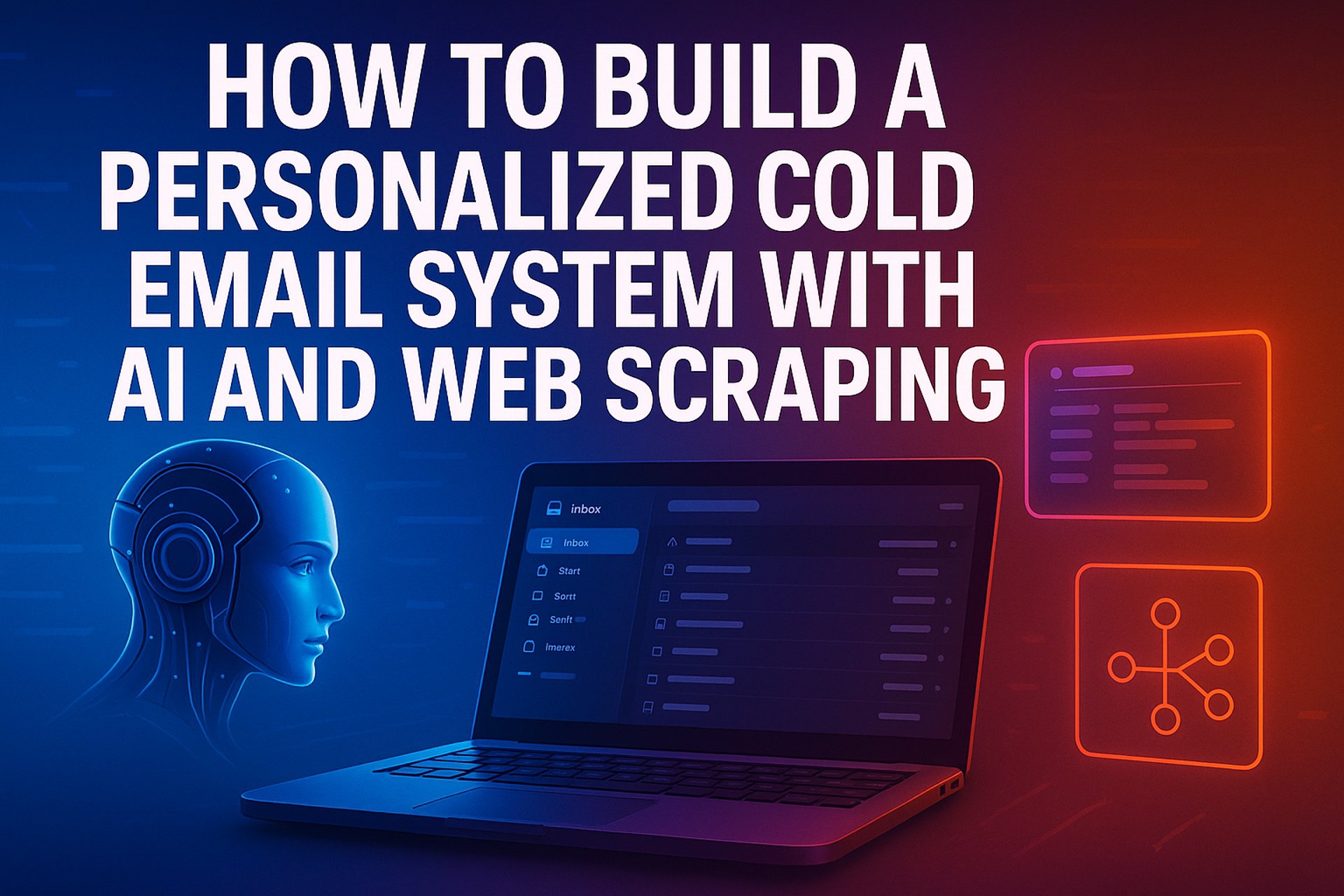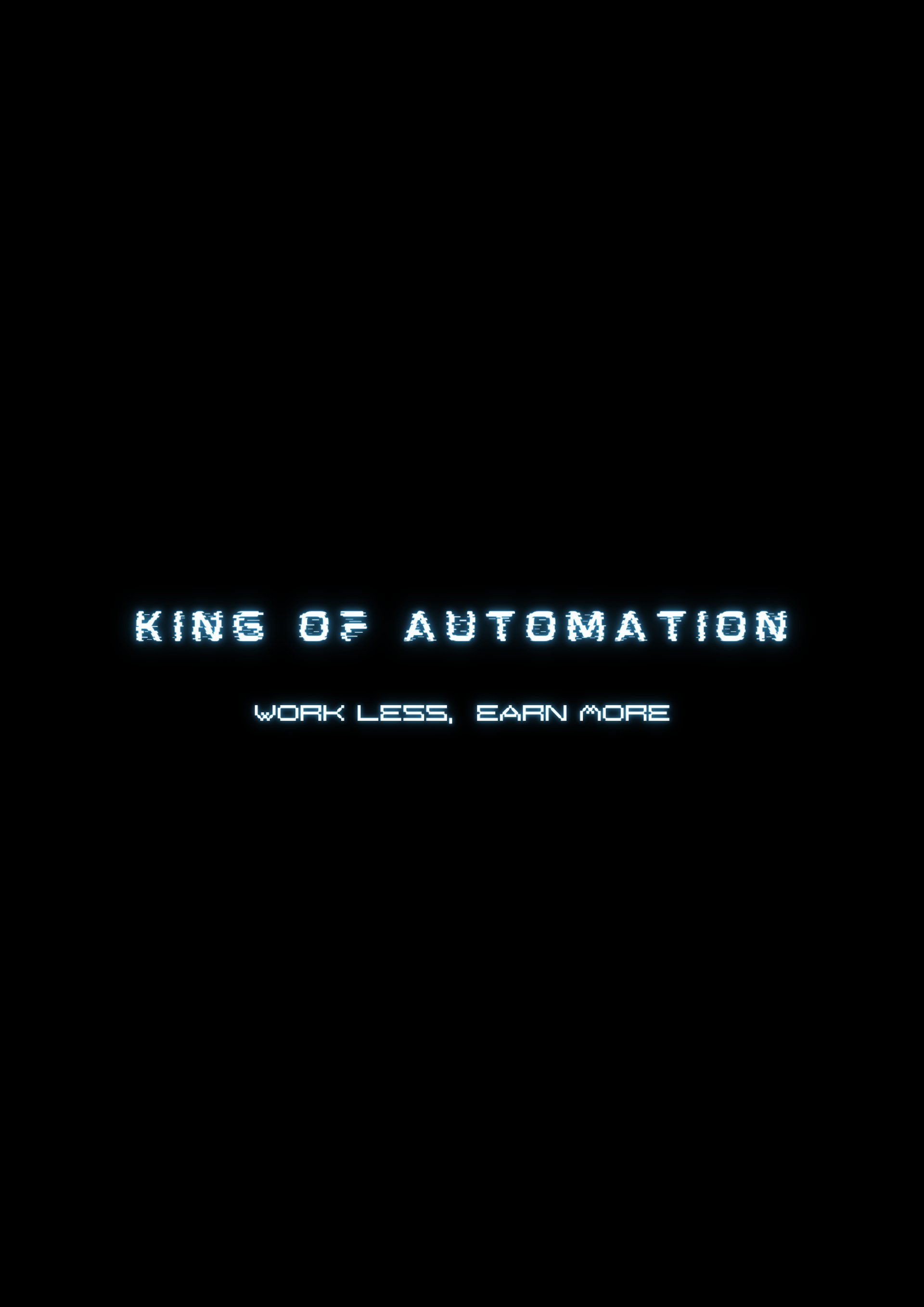WELCOME TO THE FUTURE
The Cold Email Strategy That Gets Replies (Because It’s Actually Human)
AI TUTORIALS
Lilo
5/11/2025

Cold Emails Don’t Work—Unless They Sound Like You Wrote Them by Hand
Let’s be honest. Most cold emails suck. They’re templated, robotic, and about as warm as a steel bench in January. But here’s the twist: cold email isn’t dead—it’s just been mutilated by lazy automation. If you want replies, not eye rolls, you have to sound like a human who actually gives a damn.
And that’s where a properly built multi-line icebreaker generator changes the game. I’m talking about a system that scrapes your prospect’s website, reads it like a digital detective, and writes an opening line so personal, they’ll swear you spent 30 minutes researching them.
From Faceless to Familiar: Why Icebreakers Matter
Think about the last time someone cold-pitched you. If their first line was “Hey, I help businesses like yours…” you probably hit delete before you blinked. But imagine getting an email that starts with:
“Hey Cali, love how L2 makes it so easy to filter by acreage. Also a fan of your property update email option. Wanted to run something by you…”
That’s not automation. That’s curiosity. That’s care. That’s what gets replies. In my experience, it’s what routinely gets 5–10% reply rates—without sounding like a sales bot.
The Stack: How It All Comes Together
This isn’t magic. It’s just well-engineered automation that acts more like a research assistant than a spam cannon. Here’s how the system works:
Start with an Apollo.io search to target your leads
Scrape lead data using Apify
Filter out contacts without emails or websites
Scrape their websites—deeply, not just the homepage
Extract links, clean up duplicates, and convert HTML to markdown
Use OpenAI’s GPT-4 to summarize each page with an academic-level abstract
Aggregate the summaries and feed them into a second AI prompt that generates a custom multi-line icebreaker
Push the final output into a Google Sheet for campaign deployment
Then, you plug those leads into Instantly, and suddenly you're sending emails that feel like a real person wrote them—because they practically did.
Scraping Isn’t Enough—Understanding Is the Edge
Most outreach systems stop at scraping. They treat a website like a static phone book. But the real gold is in understanding what that business actually cares about—what they emphasize, what they repeat, what they link to.
By converting HTML to markdown and feeding it into GPT-4 with a structured prompt, we get back a coherent summary that reads like a mini research report. Then we ask the AI to turn that into a two-paragraph opener that sounds like it came from a thoughtful human.
One of the best lines my system ever generated? “Love how you’ve got the Casey trusted partners list dialed in. Also a fan of that local lender vetting approach. Very nice.” That’s not fluff. That’s specificity. And specificity is what signals effort.
Ditch the Templates—Write Like a Human, At Scale
Instead of stuffing {{firstName}} and {{companyName}} into a rigid template, the system uses open-ended prompts and examples to nudge the AI into producing naturally human phrasing. It even shortens company names and locations to sound more casual and conversational.
You’re not saying “Love your take on marketing!”—you’re saying “Love how you snuck that Star Wars reference into your pricing page.” That’s the difference between “automated” and “felt.”
More Than Icebreakers—This Is a Research Engine
Sure, you can use this system to craft cold emails. But zoom out, and you’ll see it for what it really is: a miniature research assistant that turns raw websites into structured, actionable insight. You could use it to:
Build client dossiers for sales teams
Feed context into AI agents for lead generation
Create smarter outreach sequences that adapt to web content
And if you really want to go galaxy brain, you can even build logic to pitch multiple people from the same company—referencing each other to build credibility. That’s not just automation. That’s chess.
Final Thought: The Illusion of Effort Is the Ultimate Leverage
Here’s the truth: most people won’t go this far. They’ll keep blasting out generic messages and wondering why no one bites. But a little effort—or the illusion of it—goes a long way. When your email sounds like you spent 30 minutes researching someone, you win trust before the pitch even begins.
Automation isn’t about doing less work—it’s about doing the right work. And if you’re smart, you’ll let machines do the heavy lifting so you can stay focused on what humans do best: building real relationships.
If you're ready to build outreach systems that feel human but scale like machines, I can help you architect the exact flow. Book a consultation right here and let’s turn your cold emails into conversations worth having.
Contact us
Whether you have a request, a query, or want to work with us, use the form below to get in touch

© Copyright King of Automation 2024. All Rights Reserved.


